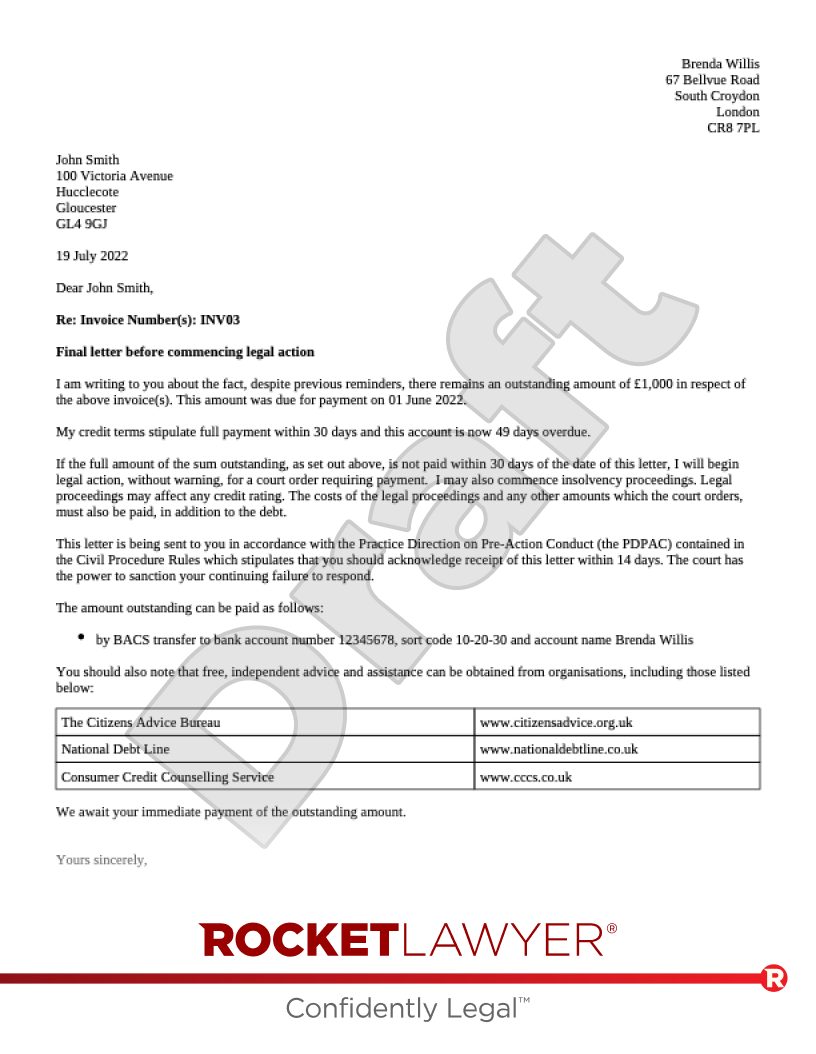What is liquidation?
Liquidation is an insolvency procedure for companies that can’t be rescued.
During this process, a liquidator is appointed to sell the company’s assets for cash. The liquidator will then use this money to pay the creditors of the company. Any money left over after paying the creditors will be divided amongst the shareholders.
After winding-up, the company ceases trading and closes down. Any money that has not been shared between the shareholders when the company is removed from the register will go to the crown.
What are the different types of liquidation?
There are two types of liquidation: compulsory liquidation and voluntary liquidation.
Voluntary liquidation includes:
-
Creditors' Voluntary Liquidation (CVL), which is a procedure for insolvent companies, requires directors to propose liquidation and for shareholders to agree by passing a special resolution. It is suitable when a company recognises that it cannot pay its debts
-
Members' Voluntary Liquidation (MVL), which is a procedure for solvent companies to wind-up (eg due to retirement). It requires directors to make a statutory declaration (saying that they have assessed the company and believe it can pay its debts, with interest at the official rate) and for shareholders to agree by passing a special resolution
Compulsory liquidation involves a winding-up order issued by the court. A company with debts of £750 or more can apply to the courts to be liquidated. An applicant will present a ‘winding-up petition’ to the court and a court date for the hearing will be set if the court accepts the petition.
Who can make a winding-up petition?
What will the courts consider as proof of the company’s inability to pay its debts?
The court will take into account any instances where the company failed to pay its debts. For example, where the company fails to comply with a statutory demand or where the company fails to execute a judgment in favour of the creditor.
Alternatively, the insolvency ground may be established if the company’s accounts show that it has more (current and potential) liabilities than assets.
Who appoints the liquidator and what are their powers?
For a CVL, shareholders can nominate a liquidator during the general meeting where the CVL procedure is discussed. Within 14 days of the company being placed into a CVL, directors must seek the creditors’ approval of the nomination. If the creditors do not approve, they can put forward their own choice of liquidator, which trumps the shareholders’ nomination.
For an MVL, shareholders can pass an ordinary resolution during the general meeting to appoint the liquidator.
For compulsory liquidations, the court will appoint a civil servant (known as an ‘official receiver’) as a liquidator when making a winding-up order.
Once a liquidator is appointed, they will take control of the business.
Liquidators can:
-
sell the company’s assets or distribute them to creditors
-
make an agreement or arrangement with creditors
-
challenge voidable transactions
-
bring a wrongful trading claim against directors
-
settle any legal disputes and/or outstanding contracts
-
pay liquidation costs and the final VAT bill
Note that in a CVL the liquidator acts in the interest of the creditors, not the directors.
What is the position of directors during liquidation?
Once a liquidator is appointed, company directors lose their control over the company and can no longer act on behalf of the company.
Directors must:
-
provide the liquidator with any information about the company they ask for
-
hand over the company’s assets, records and paperwork
-
allow the liquidator to interview them
Where a director’s negligence contributed to the company’s insolvency, they may be convicted of wrongful trading (ie allowing the company to continue trading when they knew or ought to have known that the company is incapable of repaying its debts). If convicted, directors will be held personally liable for any debts incurred by the company as a result of their negligence. If their conduct was deemed unfit, they can also be disqualified as directors for up to 15 years.
Where a company goes into liquidation, it may face a claim for misfeasance if a director committed acts of misfeasance or breached their duties. Misfeasance is where a director or ex-director misapplies, misappropriates, retains or becomes accountable for any money or other property of the company. If convicted, directors may be ordered to repay, restore or account to the company for any property or money, or compensate the company for breach of their fiduciary duties. They may also be disqualified from being a company director. For more information, read Misfeasance and insolvency.




